Rose Technics QT-X Deluxe HiFi IEMs – Emotion Identity, True Fidelity
Rose Technics QTX is a $439 USD pair of In-Ear Monitors also called IEMs, sporting one dynamic driver and 6 balanced armatures in each piece, with multiple color options available for purchase, and the special edition we are reviewing, named Deluxe comes with a high-quality Dongle DAC AMP, the R2-550 ES9039 DAC. Today we will review the QTX and compare them with other IEMs, including Xenns Mangird Tea PRO (359 USD), FiiO FH19 (599 USD), and 7Hz Aurora (399 USD).
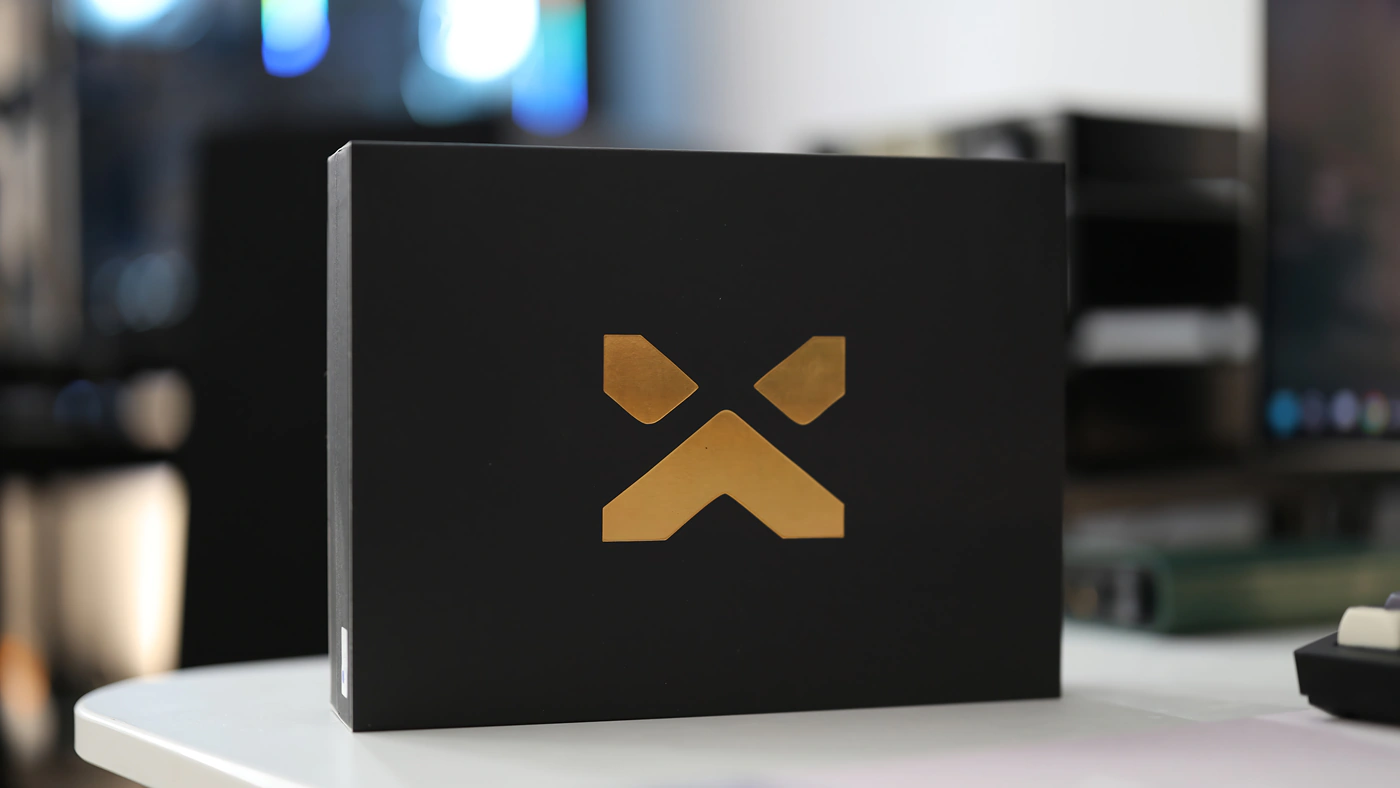
Introduction
Rose Technics created a uniquely comprehensive package with the new QT-X, and today we’re reviewing a really complete IEM solution. Rose Technics has quickly grown to be a popular choice with music lovers, offering excellent build quality, a superb design and strong ergonomics, plus stellar support for their IEMs. As an Amazon Influencer, I earn from qualifying purchases, and using the purchase links in my reviews helps me maintain this website and Youtube Channel. Huge thanks to Rose Technics for providing us with the sample for this review.

PROs – High resolution, excellent clarity and very good comfort. The bright and open signature is vivid and works well with most music styles, making the QT-X a great universal / generalist choice. The package includes a high quality cable, transport case, and a dongle DAC AMP. Deep and powerful bass that gives contrast and substance / depth to the airy sound, plus a very wide soundstage to create a holographic and impressive, immersive 3D presentation.
Cons – Mildly bright / V-Shaped tuning is an acquired taste
Product Link
Amazon – https://amzn.to/3YKkdyE
Aliexpress – https://s.click.aliexpress.com/e/_DEjNTBL
Build Quality / Aesthetics
QT-X is a fairly advanced IEM even for the high-end market, less so for the midrange pricing it can be found for. The driver combination includes one dynamic driver and 6 balanced armatures, for a 7-Driver IEM playing for each ear. The voicing seems to try to follow the ROSESELSA POP thing target curve, which is a voice-centric tuning that follows a very specific ACG and Pop Friendly sound tuning.

Inside the Deluxe Edition Package you can find not just the IEMs and their Cable and Eartips, but also a high quality DAC, the ROSESELSA ESS 9039 DAC. This DAC has the ESS9093Q2M DAC at the heart and can decode DSD files up to DSD512 and PCM files up to 768 kHz and 32 Bit Depth. It has a balanced output power of 300mW for an impedance of 32 OHMs, and a single ended output of 32 OHMs. The THD is -110 dB, while the SNR is 126dB.
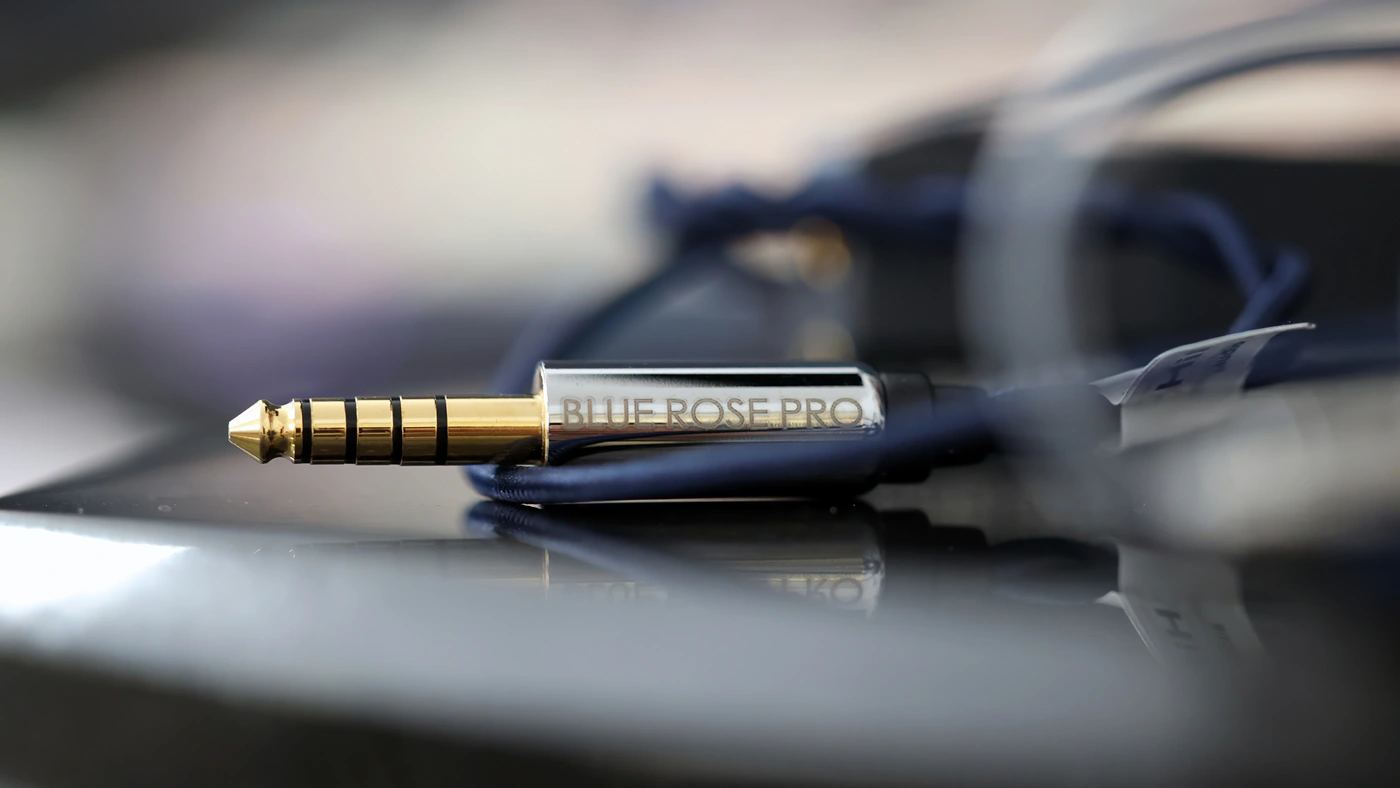
Also together with the QT-X IEMs, you can find the blue Rose PRO IEM Cable, which is a 6N Single-Crystal Copper and Single Crystal Silver, with a Mixed Dual Braided 4-Core Core structure. The length is 120mm and the shielding is made of a braided blue mesh.

Also at a technical level, QT-X is fairly light at 30 grams, and they feel lightweight, while the cable can be either 4.4mm or 3.5mm SE. The SPL is 108 dB, which is high, but not extremely so, while the 18 OHM impedance means they are easy to drive, and might at times pick up noise from certain sources. The balanced armatures found inside of the Rose Technics QT-X are 30018 x 2 + 29689 x 2 + 30019 x 2. This very even combo is then supported by a complex inner acoustic which is not openly disclosed, but which is immediately noticeable once you place the QT-X inside of your ears.
Fit / Subjective Usage
Rose Technics QT-X is comfortable to use, they are a lightweight pair of IEMs, and the cable is very flexible. This means that there is no microphonic or handling noise when moving around, but the ear hooks are also very flexible and soft, which really adds to the comfort.
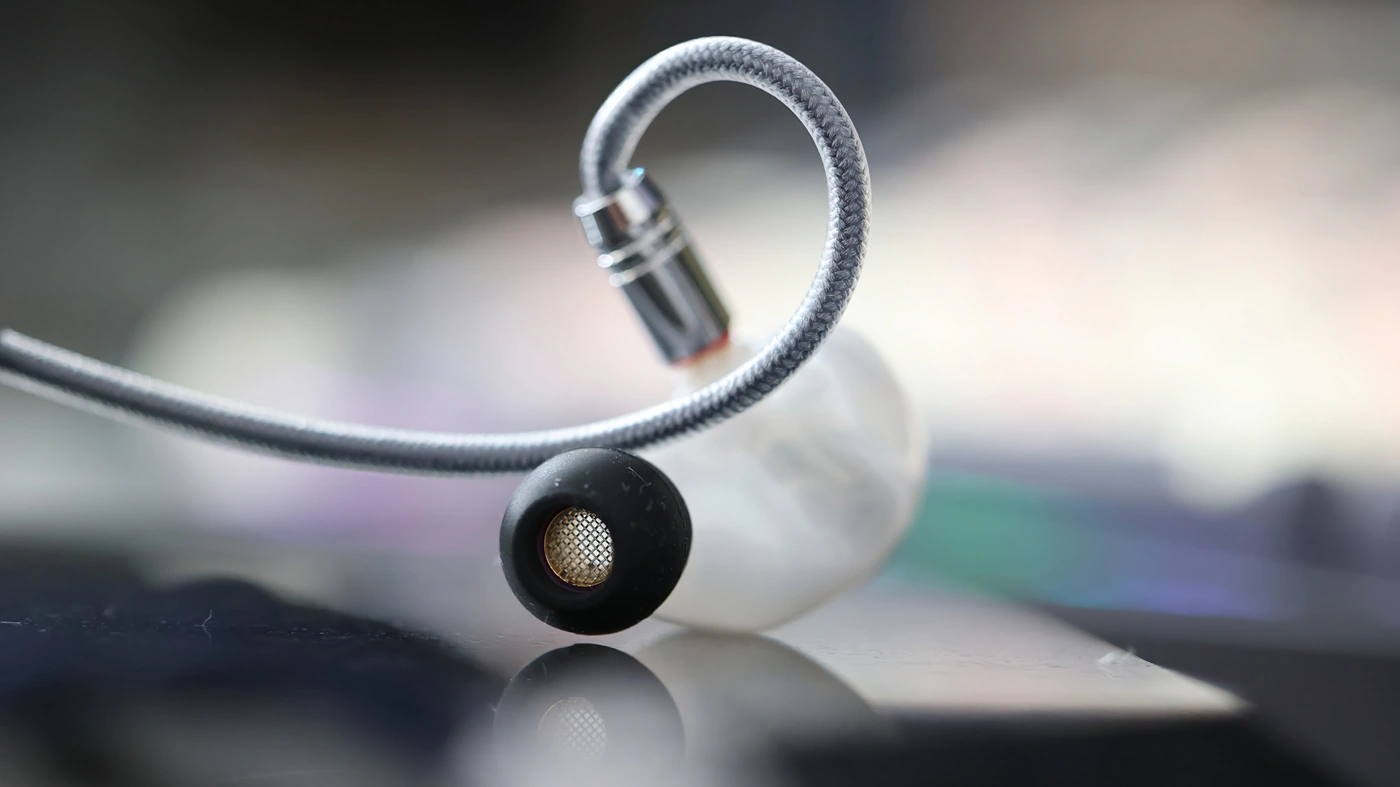
We have a fairly low passive noise isolation, and there seems to be either an helmholtz resonator or specific turning ventilation port, because the noise in the room is audible but filtered at a very specific peak frequency in the upper midrange. Basically, QT X isolates you from all outside noise, except for the very specific frequency it allows through. That frequency is also the same as the one you typically hear as the peak in the upper midrange for music that is being played, but for music it works really well for opening up the sound and creating a wide soundstage.
Sound Quality
Pairings – To test the new Rose Technics QT-X I’ve paired them with a multitude of sources outside of the R2-550 Dongle DAC AMP included in the package, and the list extends to HeartField R1, HIFIMAN EF400, Singxer SA-1 V2 driven by a Musician Pegasus II R2R DAC, iBasso D16 DAC AMP, iBasso DX180 Music Player, KAEI TAP-1 DACs, and IKKO ITX05 Docking Station / DAC AMP. Rose QT-X is generally easy to drive and doesn’t eat a lot of power, it is not sensitive to source noise, sounding excellent with most sources. This being said, they scale a lot with the right source, so I would pair them with the best DAC / AMP it is sensibly to afford in your collection.
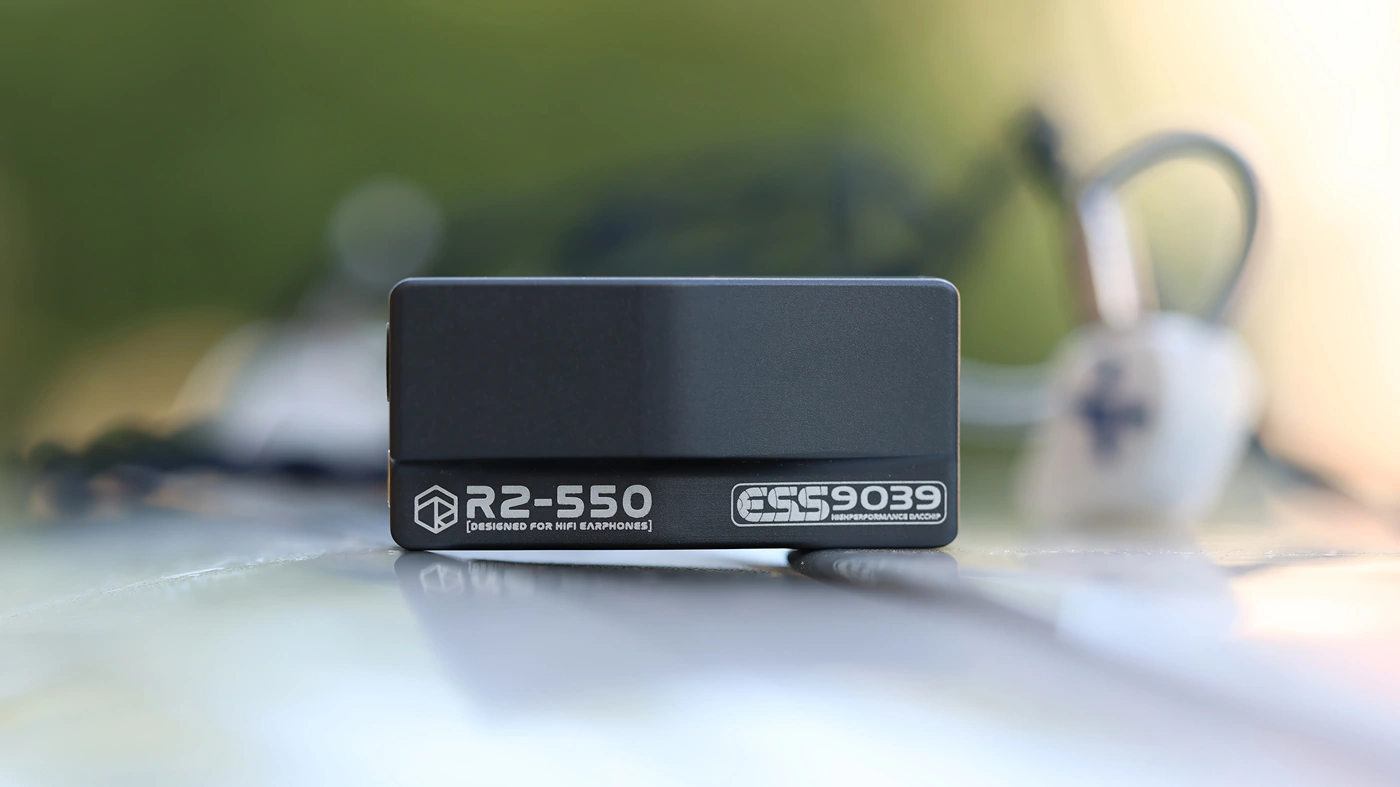
Overall Signature – The overall tuning and signature of the QT-X is bright, open, and generally V-Shaped, with a specific peaking point in the drum region, combined with a specific peaking point in the upper midrange, both creating the feeling of impact, brightness and clarity, although the sound is free from grain, yet sounds open and bright. Resolution is excellent, and so is the overall voicing, but sound has a preference for modern, highly compressed music, especially J-Rock and J-Pop, ACG and EDM music, presenting a really rich and satisfying synth tone, along with a sweet female voice.
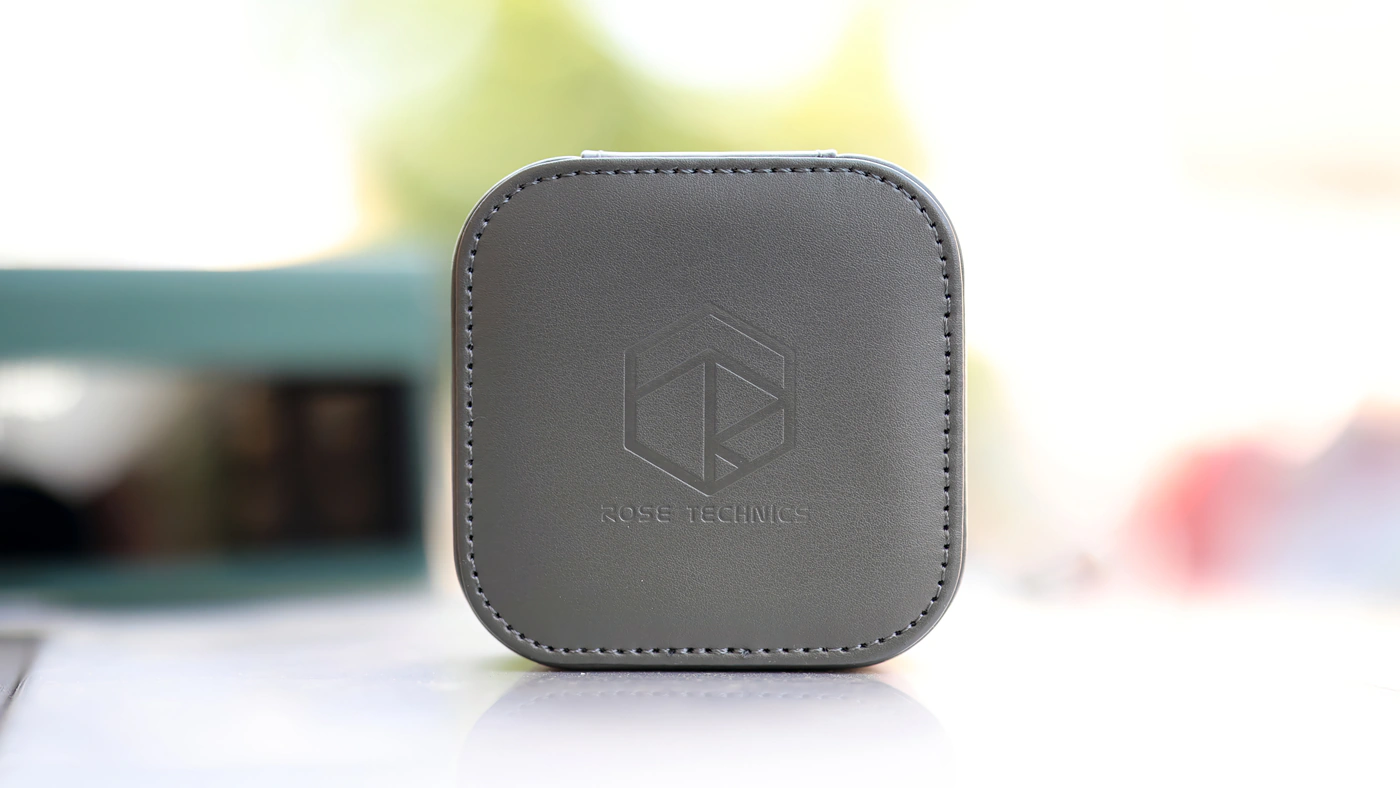
Bass – Starting from the bottom, QT-X has a really deep and punchy bass, with most of the focus being centered around the very deep low-end and sub-bass, as QT-X is able to effectively render 20 Hz – 30 Hz deep-rumble and sub-bass, after which they loosen up the strength, but bass strength comes back again around 100Hz – 200Hz to deliver the most crisp drum pattern and impact, without making the sound mushy or too warm. In fact, warmth can be felt only slightly, and the acoustic mechanism inside of the QT-X delivers a specific tune to present and render drums and impact, not just warmth and volume. You can expect the bass to be between 5 and 15 dB above the voices, although it seems to be mostly the sub bass that’s enhanced which gives QT-X a really punchy sound.
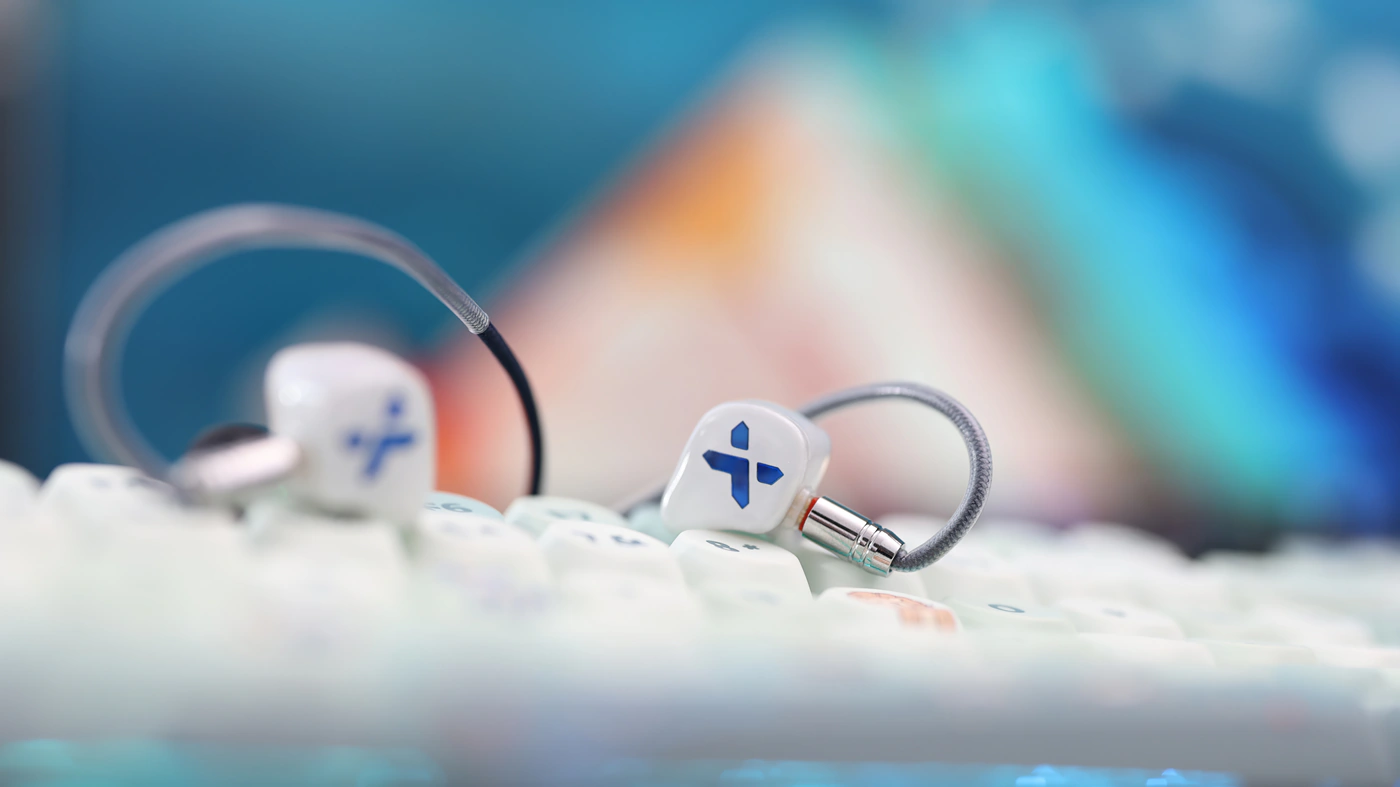
Midrange – We have a bright, open sounding midrange that reveals female voices, clarity and depth, but which also works fairly well for male voices. It does brighten and thin male voices a bit, but this creates a fairly airy and open sound. The upper midrange has a really specific peak which creates a bit of sparkle, brightness and extra crispness for all music. This is present with female voices in particular, beginning them more forward and giving QT-X a more personal presentation with sweeter, higher voices.

Treble – The lower treble is dominated and colored by the upper midrange peak, after which it slowly and smoothly rolls off. This can come through as a bit of grain, but also helps reveal details fairly well without much harshness or fatigue. We have an extension that goes as high as 20 kHz, but the loudness of the upper treble is around 10 dB or more quieter than the lower treble and the upper midrange. Overall, the treble is present and keeps things interesting, but doesn’t cross in too much territory. There’s always the punchy and deep bass to keep things contrasty and full.
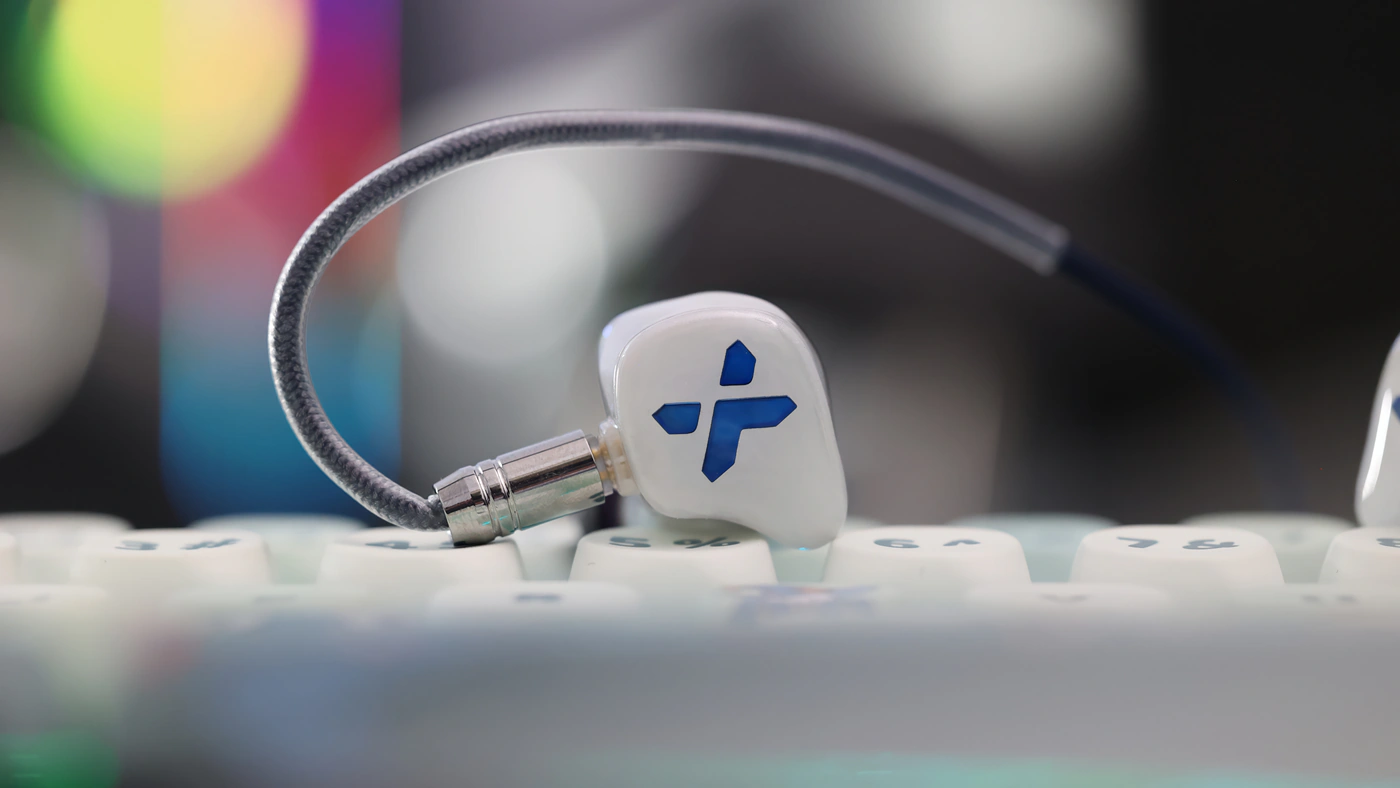
Dynamics – Rose QTX handles music that’s compressed well, and can avoid sounding crowded, especially as the soundstage is both deep and wide, but music that has a natural presentation will sound the best. Especially in the peaking range, there is a bit of crowding of instruments, as they all are a bit louder there, so for example with ACG, you can hear that frequency as hot, while with metal and rock it creates a really strong detail revealing sound, but it can feel a bit forward and aggressive with aggro music.

PRaT / Textures – QTX reveals textures naturally towards textures, it really has a rich texture presentation and you will hear it in synths, classical and acoustic instruments, but also in guitars. This is one of the few IEMS I reviewed over the past months which has a bit of texture, yet it doesn’t feel grainy or fatiguing, but interesting and fun.
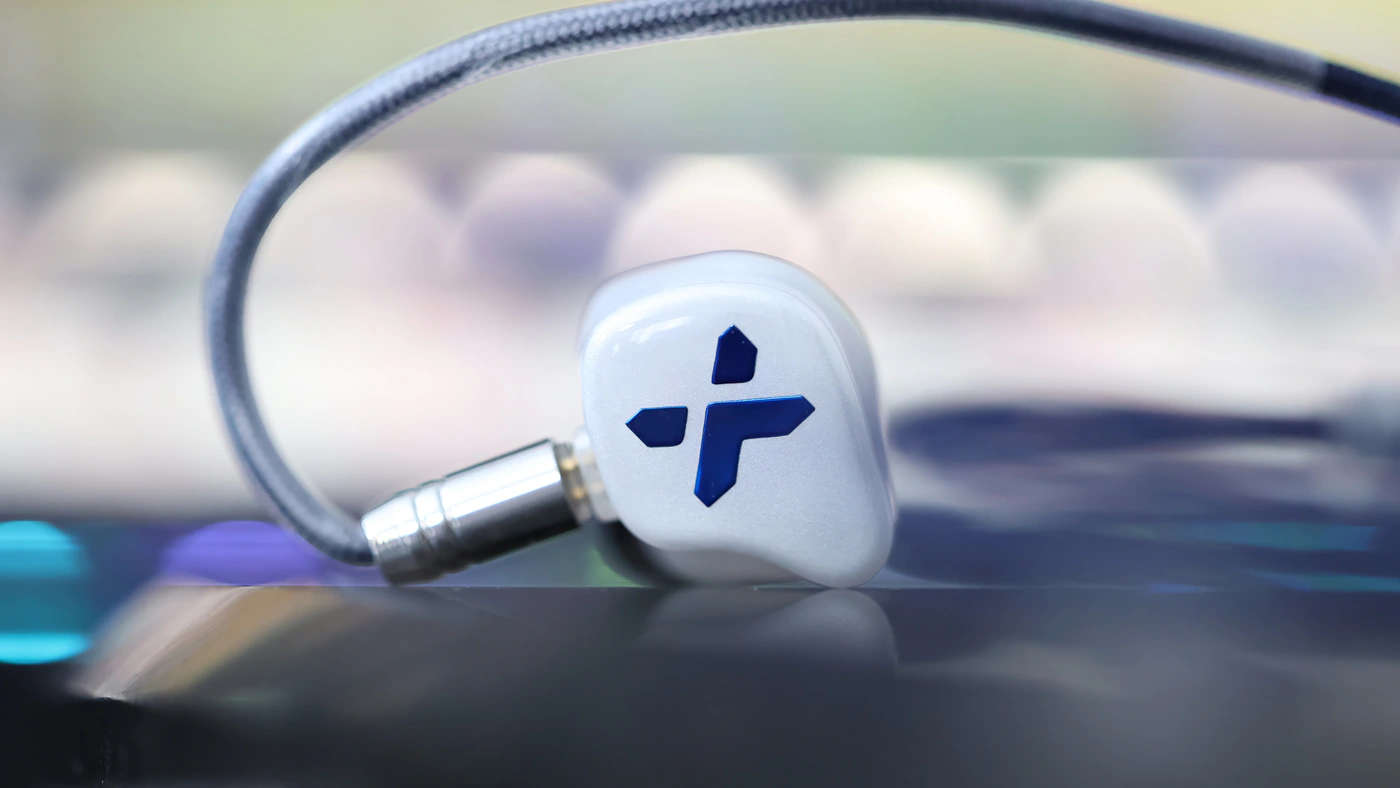
Volume Control – QTX has a good control at high volumes and very low distortion, but they change character with volume, with the sound being more relaxed, more natural and less V-Shaped at lower volumes, and the signature gets more and more V-Shaped and more aggressive the louder you go, bass and treble gets louder much quicker than the midrange, and the overall sound loud is very engaging and colorful, but also V Shaped compared to lower volumes.

Soundstage – QTX is impressive, it has a really wide and holographic soundstage, with both a wide lateral imaging and excellent depth, especially at louder volumes the sound being able to move both close and far from the listener, have a deep and thick presentation but also a bright treble, everything happening in a really large space.
Comparisons
Rose Technics QT-X vs 7Hz Aurora (439 USD vs 399 USD) – Aurora is a bit larger inside of my ears, so QTX feels more comfortable. Aurora is more sensitive to source noise, while QTX is a bit less sensitive. Aurora has a much thicker and resilient cable, but the shells are much heavier, while QTX has lighter and more ergonomic shells. The sound of the QTX has a much deeper sub bass, less mid bass bloat and more treble sharpness / sparkle, while Aurora has a more colored sound, it is warmer, smoother and lusher, richer and has a more mid centric sound. Both IEMs are fun universally for all music styles, QTX really shines with ACG and rap music, while Aurora works well with Jazz and vocal centric styles.
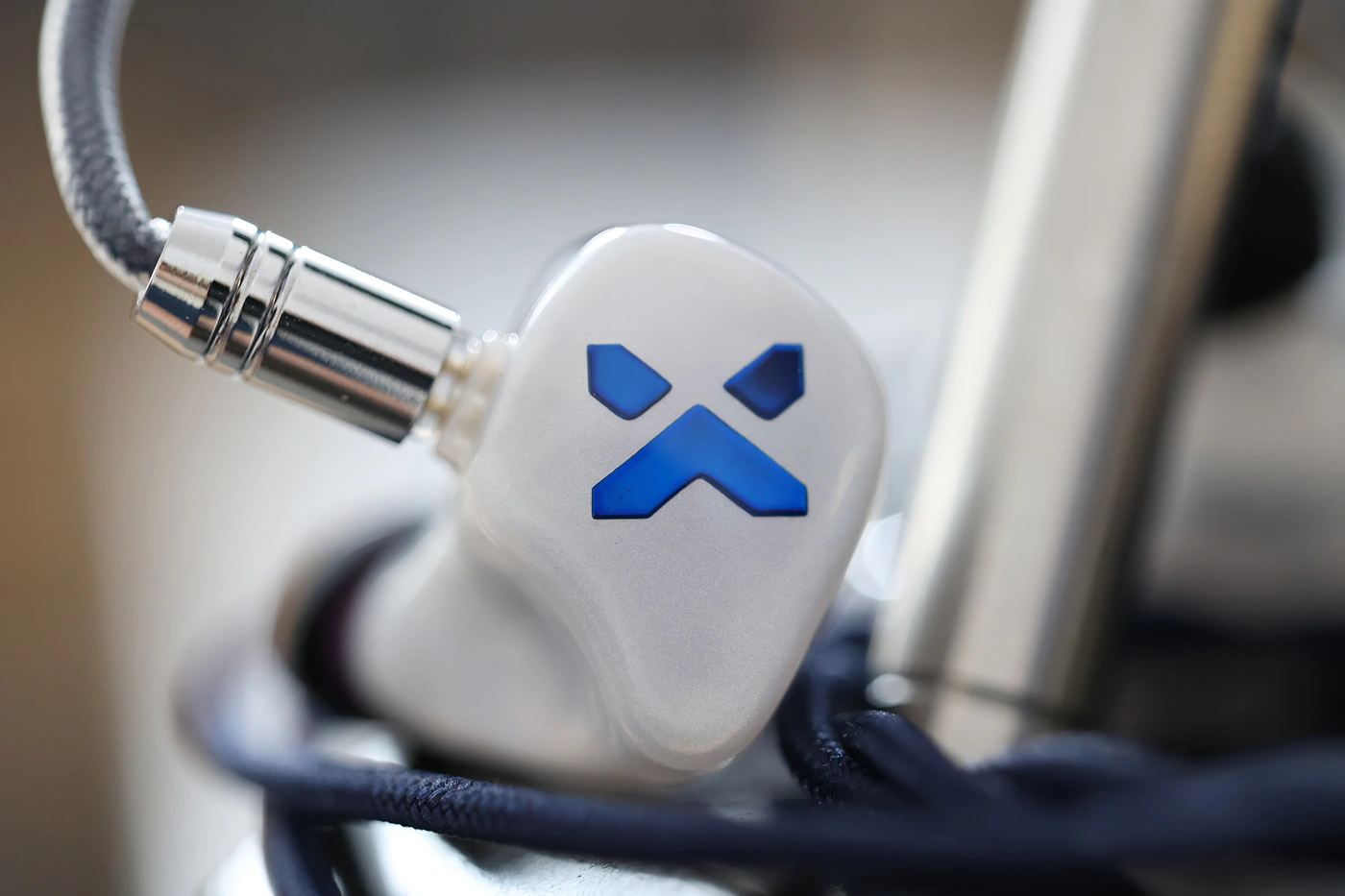
Rose Technics QT-X vs Xenns Mangird Tea Pro (439 USD vs 359 USD) – Tea PRO is about as comfortable as QTX, but QTX is a bit lighter which allows it to sit more comfortably in my ears. Although QTX is a bit larger, the shape is more ergonomic and they feel more natural while I am wearing them. Both IEMs come with a really nice cable from the factory, but QTX is not very sensitive to source noise, while Tea PRO is quite sensitive to source noise. Sonically, Tea PRO is more mid centric, more natural in the midrange, while QTX has a deeper sub bass, a brighter treble, and a more colored and more colorful tuning. For a V-Shaped experience, QTX delivers a wider and deeper soundstage too, while Tea PRO can achieve a better midrange but QTX is more engaging, wider, deeper and more V-Shaped, more extreme and more punchy.

Rose Technics QT-X vs FiiO FH19 (439 USD vs 599 USD) – FH19 comes with a more fancy cable, and it is about as heavy as QTX in person, but the comfort is also about equal. FH19 has a richer package, but it does not come with a dongle DAC AMP as QTX does. The sound of FH19 is much deeper and darker, heavier and bassier, while QT-X sounds more V-Shaped, has a brighter treble and more texture, a bit more detail revealing ability, yet FH19 can sound a bit more natural in the midrange. The soundstage of both is wide and deep, but QTX can produce a more holographic image, wider and deeper, while FH19 is more relaxed and smoother.
Value and Conclusion
It always baffles me how much tech advances every day, and for $439 USD Rose Technics offers a really strong package, excellent build quality, and a superb design for their QT-X, along with excellent comfort and a sonic performance that’s not to miss. Generally speaking, QTX is a brighter sounding IEM, which is an acquired taste, but I found them to be one of the best sounding brightly tuned IEMS out there.

At the end of the day, be it the brightness or the deep bass, QT-X is a lot of fun, it is engaging, punchy and colorful, it is a fully recommended IEM with a bit of style, and it offers strong comfort and a beautiful shell for a very good price.
Product Link
Amazon – https://amzn.to/3YKkdyE
Aliexpress – https://s.click.aliexpress.com/e/_DEjNTBL
--- Please remember to stay safe, and always have fun while listening to music!---
- If you have a dime to spare, please donate, and help us! It would make the day brighter for me and my wife-
Full Playlist used for this review
We listened to more songs than those named in this playlist, but those are excellent for identifying a sonic signature. I recommend trying most of the songs from this playlist, especially if you’re searching for new music! The playlists are different for Spotify, Tidal and Youtube, and based on the songs I enjoy and are available on each!
https://www.youtube.com/playlist?list=PL_cjBXGmwSHSdGcwuc_bKbBDGHL4QvYBu
https://open.spotify.com/playlist/5J3oloz8Riy9LxEGenOjQ0?si=979ba4f082414be7
https://tidal.com/browse/playlist/330fd544-8e5b-4839-bd35-676b2edbb3d5
--- Contact Us ---





